Etch A Sketch (1960)
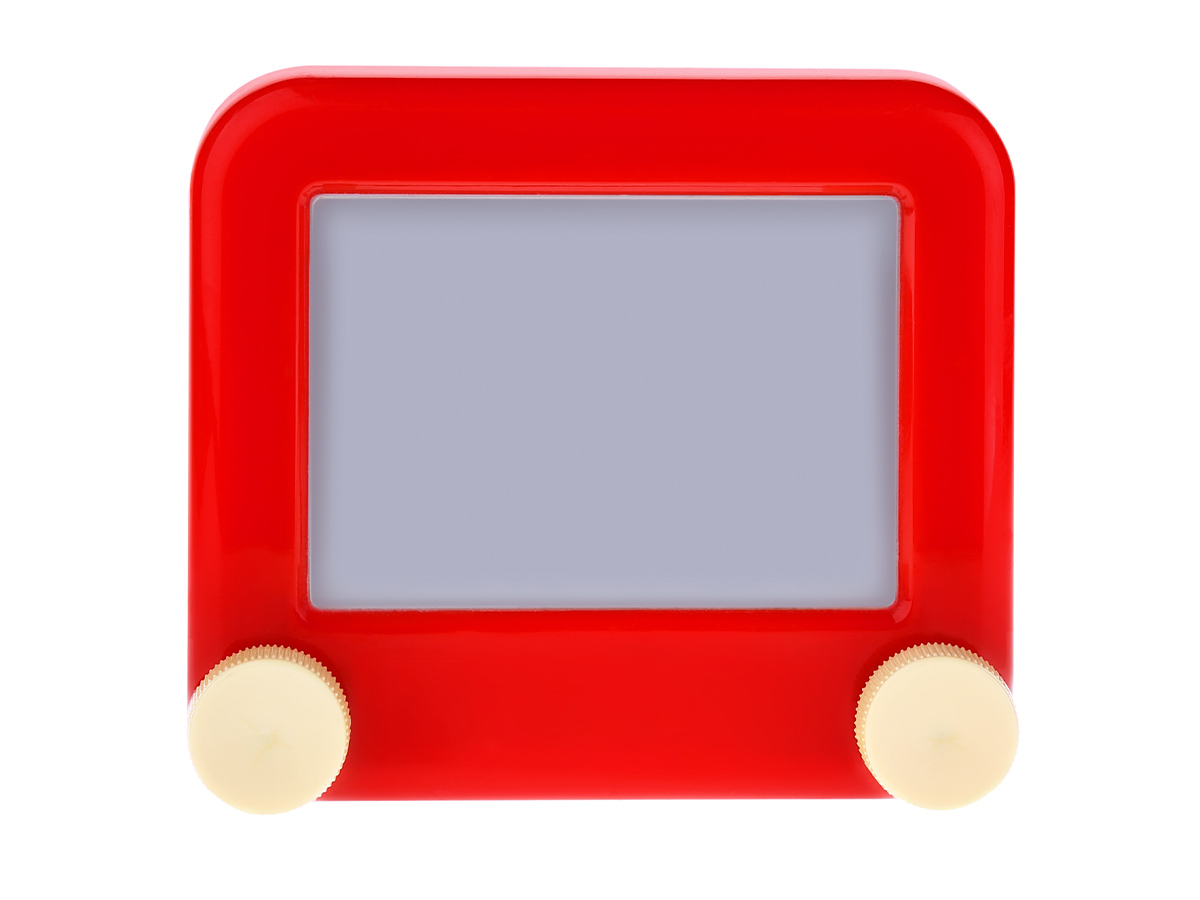
Released in July for just shy of $3, the Etch A Sketch went on to sell 600,000 units before the year was out. Over the years, it’s gone through digital redesigns.
Troll Dolls (1962)
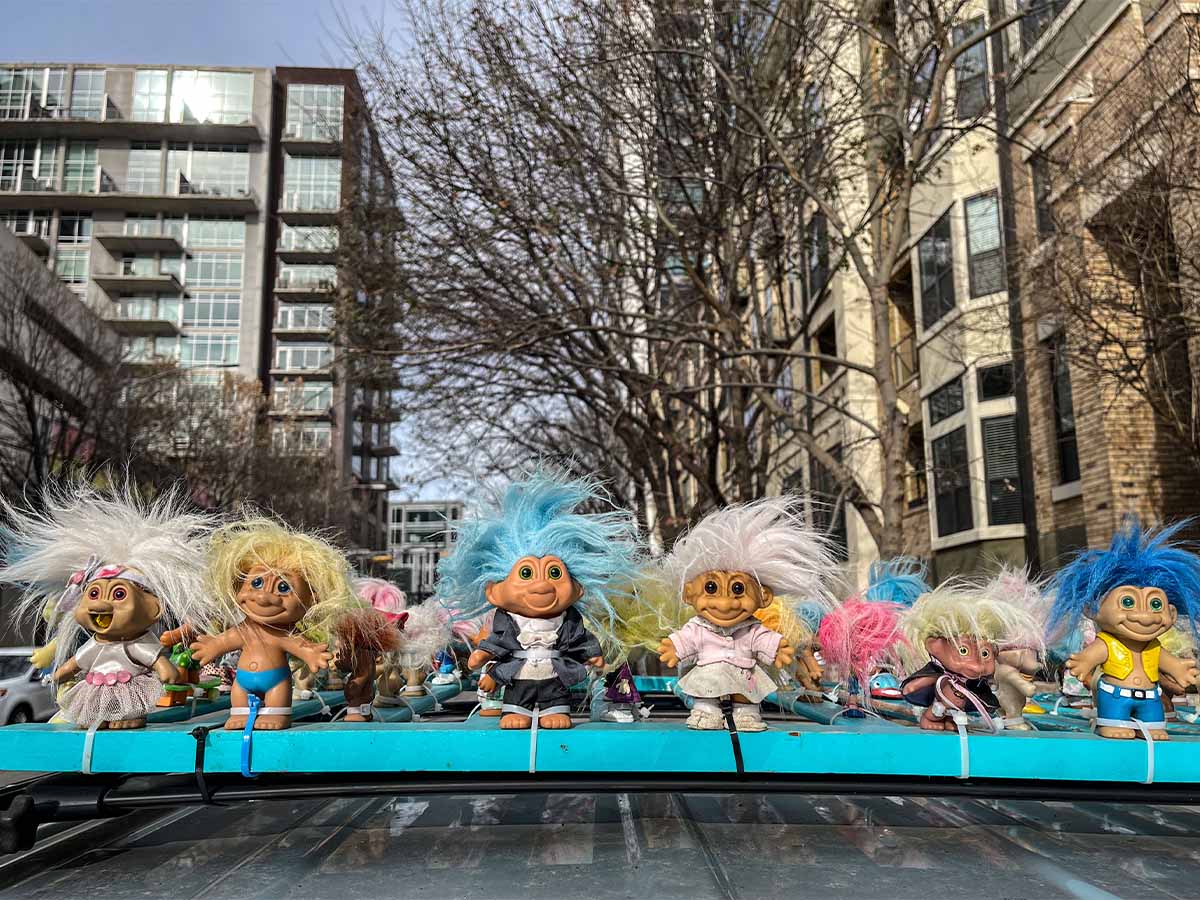
Once they made their way over from Denmark, Trolls became a sensation in the United States that led to TV, film, and video game spin-offs.
Easy-Bake Oven (1963)

Introduced by Kenner Products, Hasbro has since acquired the company and the Easy-Bake Oven. During its first year on the market, 500,000 units were sold. By 1998, it had 11 model variations and sales of over 16 million units.
G.I. Joe (1964)
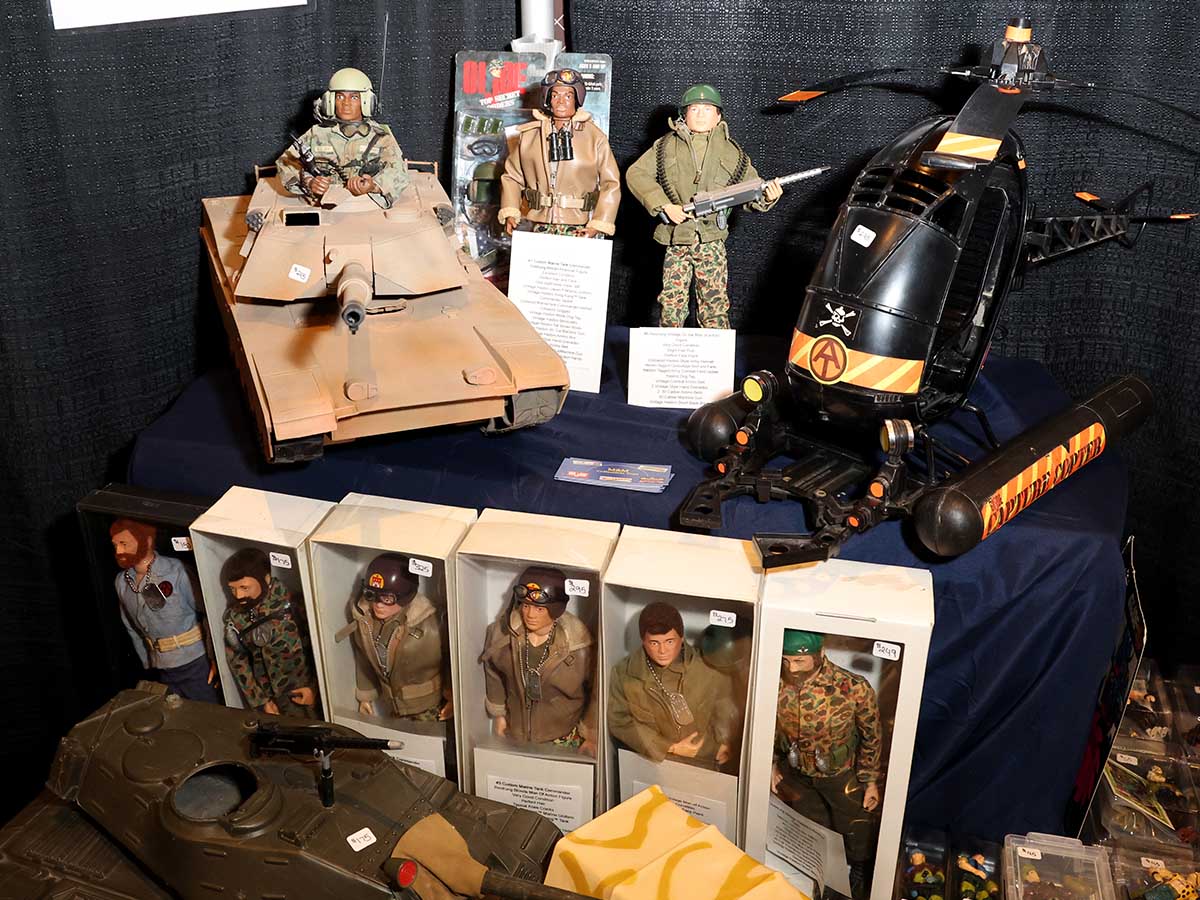
Thanks to G.I. Joe, the term “action figure” was born. The original G.I. Joe lineup had a doll representing each branch of the military, and they stood a foot tall. Comic books, TV shows, films, and video games have since followed.
Operation (1965)

Operation was an immediate hit when Milton Bradley began producing it in 1965. Now manufactured by Hasbro, various versions have been released as tie-ins to movies and tv shows, like Spider-Man, Doctor Who, and Star Wars.
Battleship (1967)
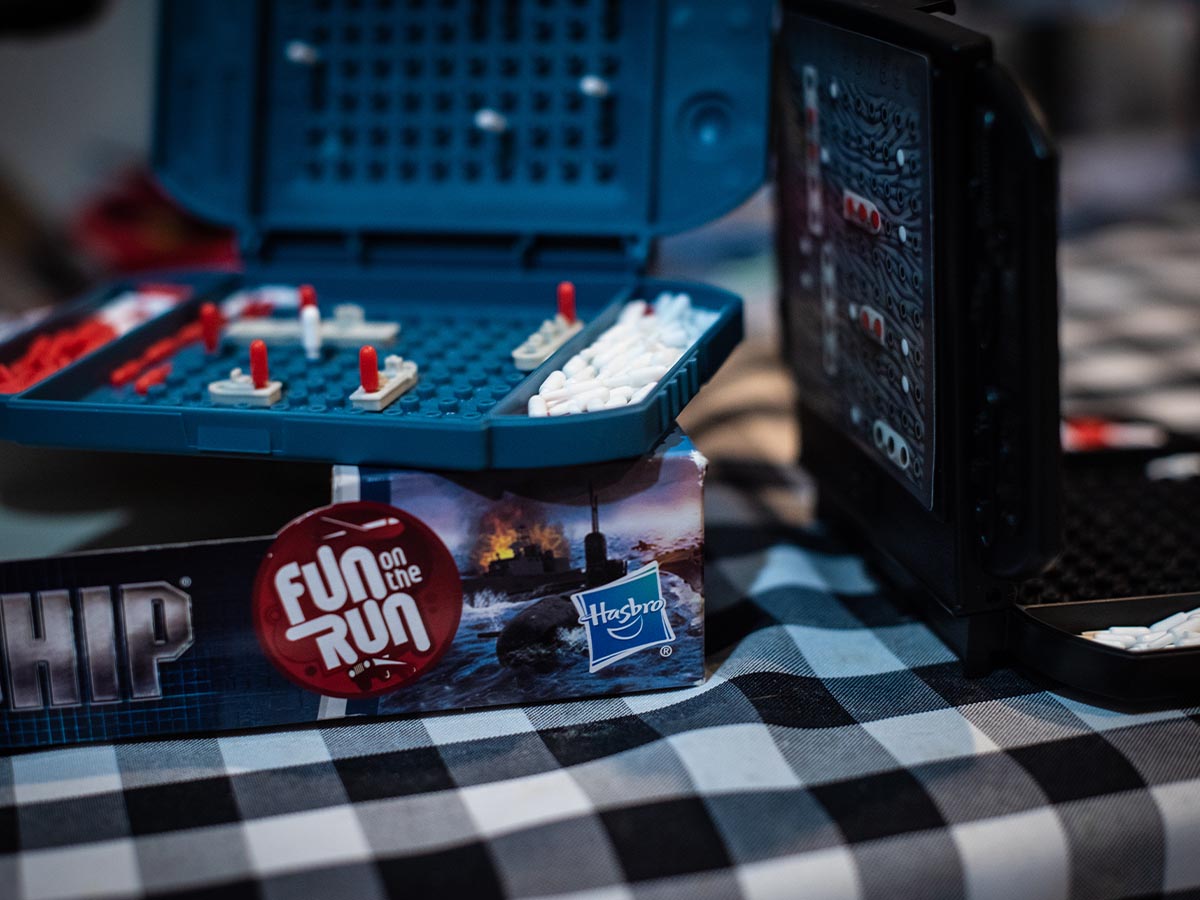
Battleship was an instant hit for Milton Bradley when it was released. An electronic, talking version followed in 1989, as well as a film adaptation in 2012.
Lite-Brite (1968)
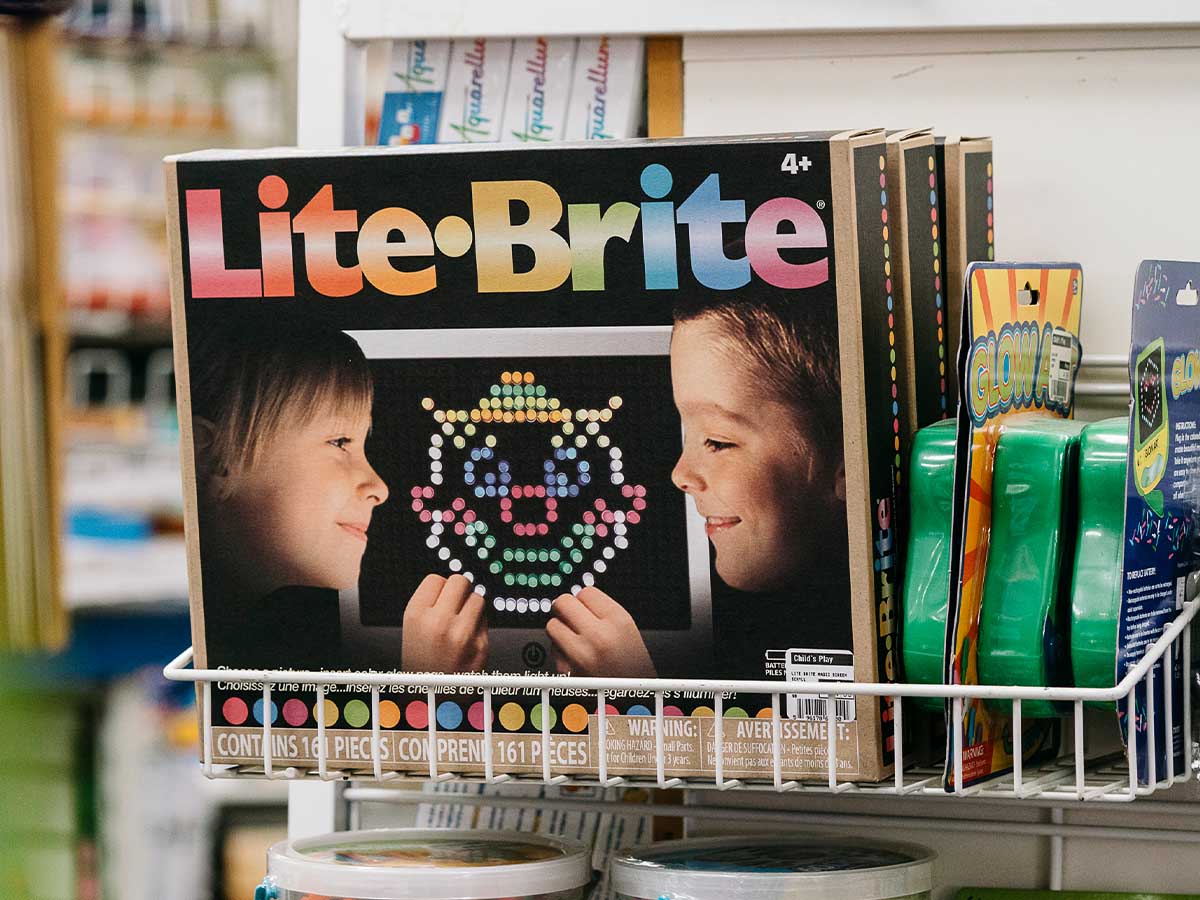
Originally released in 1967 by famed toy design firm Marvin Glass and Associates (the same creators of Operation), Lite-Brite became a Christmas sensation in 1968.
Nerf Ball (1970)
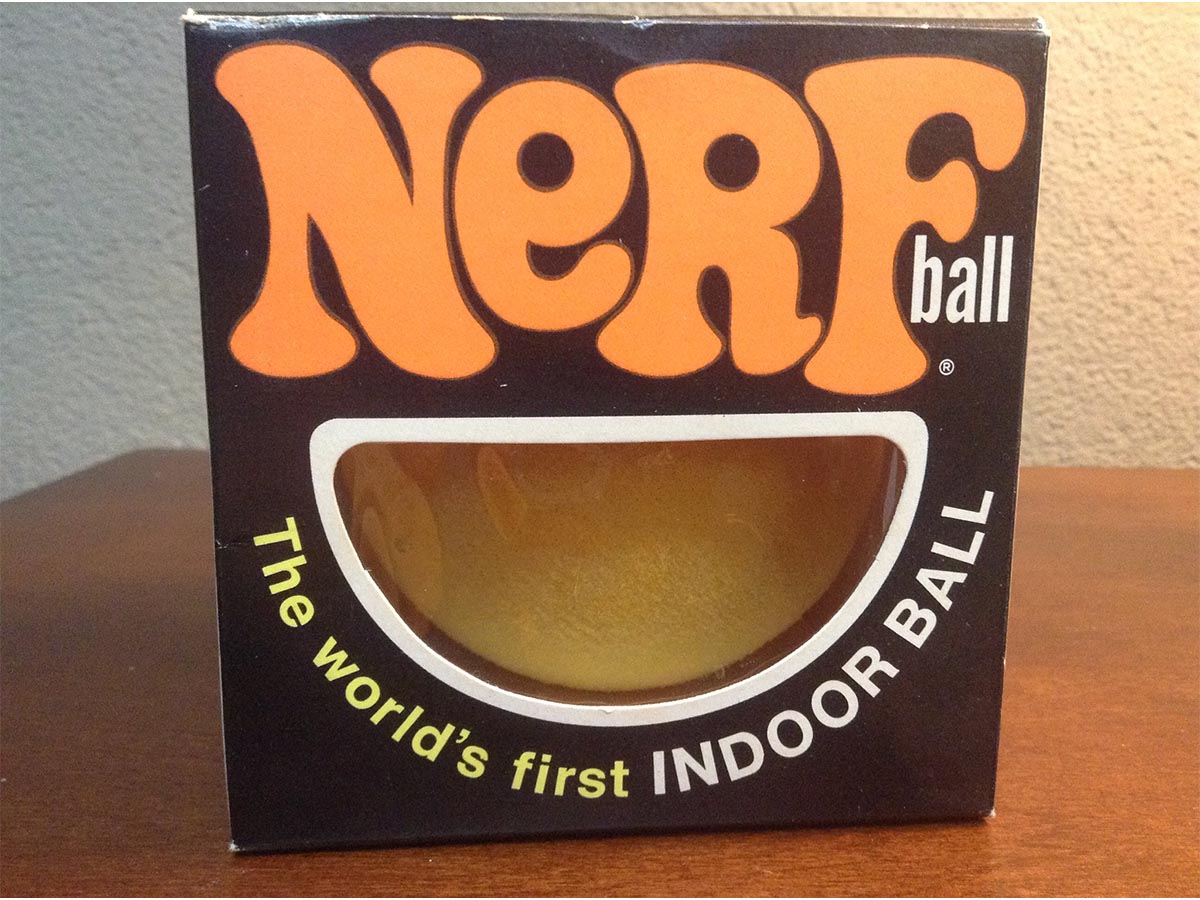
“Non-Expanding Recreational Foam” might have been a hard sell, but when Parker Brothers created what the “world’s first official indoor ball,” a hit was born. A year after launch, over 4 million had been sold.
Dungeons & Dragons (1974)

The best-selling role playing game of all time launched in 1974, and ardent fans haven’t been leaving their basements since.
Pong (1975)

Atari’s Pong became one of the first commercially successful video games when released in 1972. The home version, released in 1975, brought the arcade game to the family TV.
Star Wars Action Figures (1977)

Annie Hall might have won the Oscar for Best Picture, but Star Wars was the highest-grossing film of 1977, making twice that of the #2 movie. It’s no surprise, then, that action figures from the film were in high demand that Christmas season.
Rubik's Cube (1981)
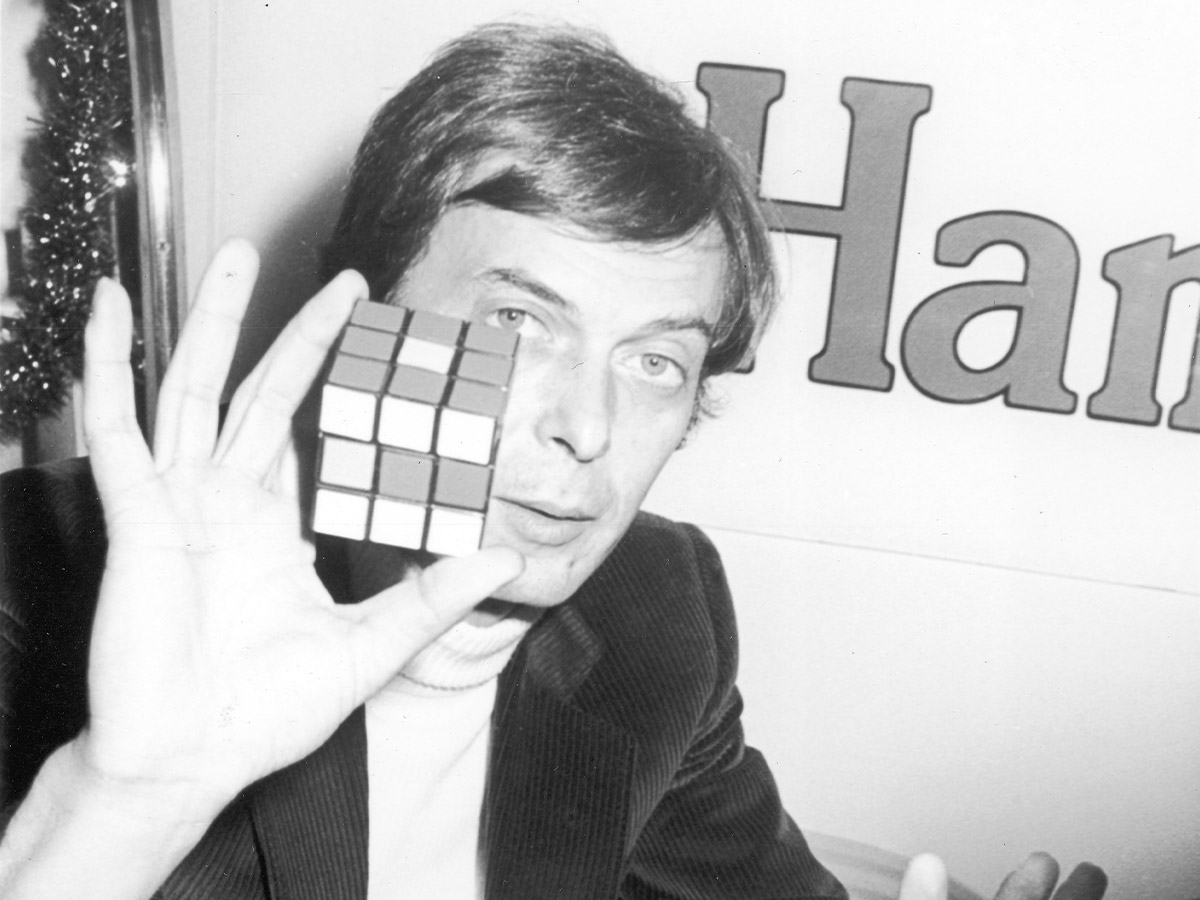
Invented in 1974, the Rubik’s Cube was licensed to be sold in 1980. Though initial sales were modest, between 1980 and 1983 over 200 million were sold worldwide.
Cabbage Patch Kids (1983)
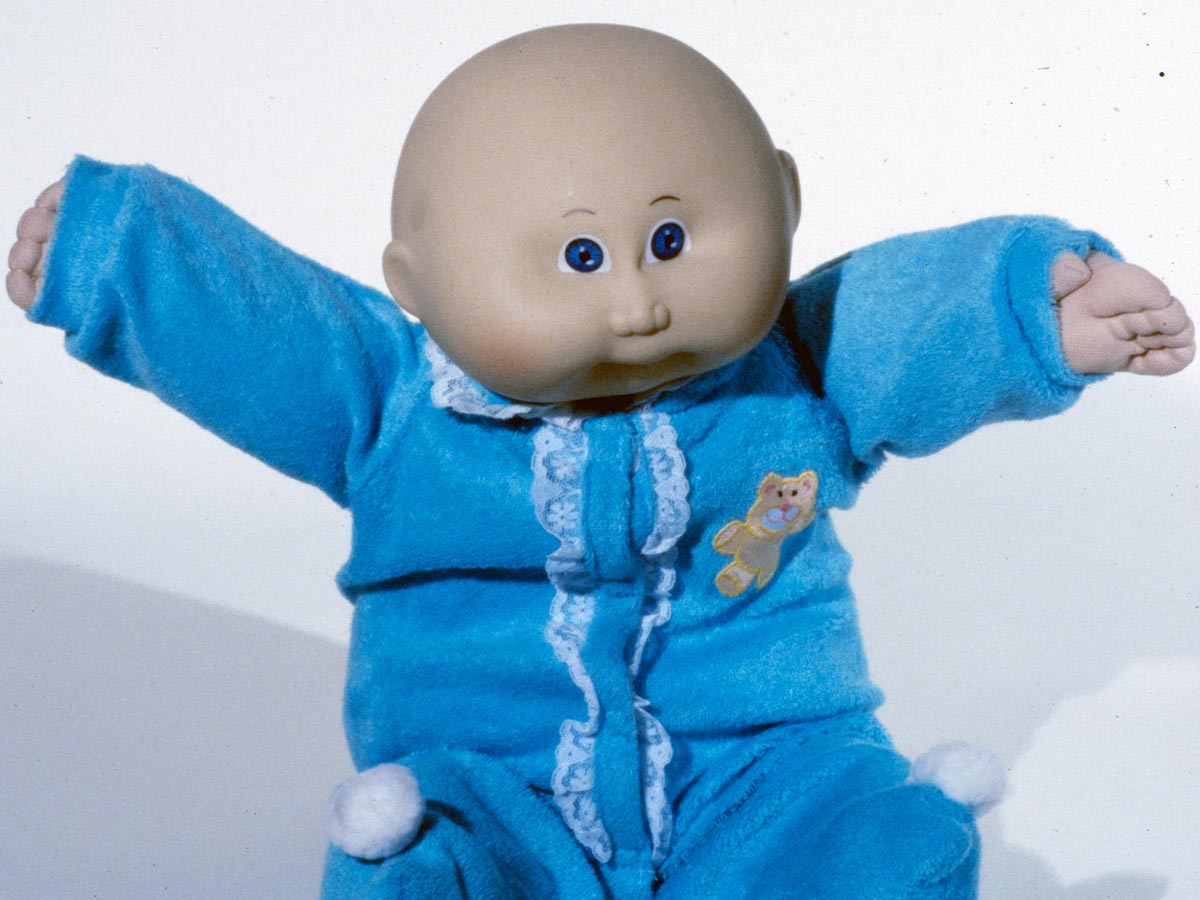
When Coleco toy company began mass producing Cabbage Patch Kids in 1982, literal masses showed up to buy them. 2.5 million we sold in the first year, but not without a few riots. One woman in Pennsylvania broke her leg in an unruly crowd.
Transformers (1984)
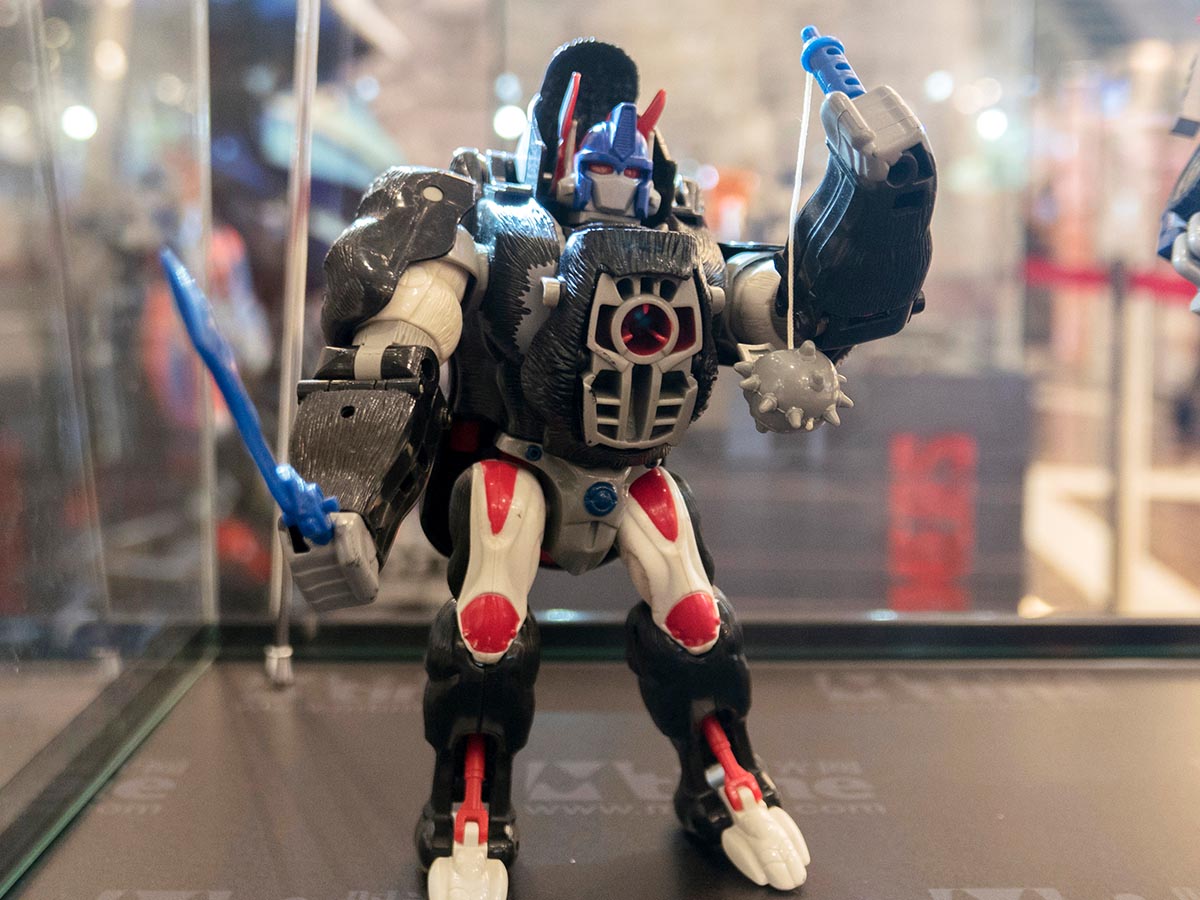
What started as a toy is now a media franchise (and an unfortunate film series). The toys proved so popular, comics and TV shows followed shortly behind.
Care Bears (1985)
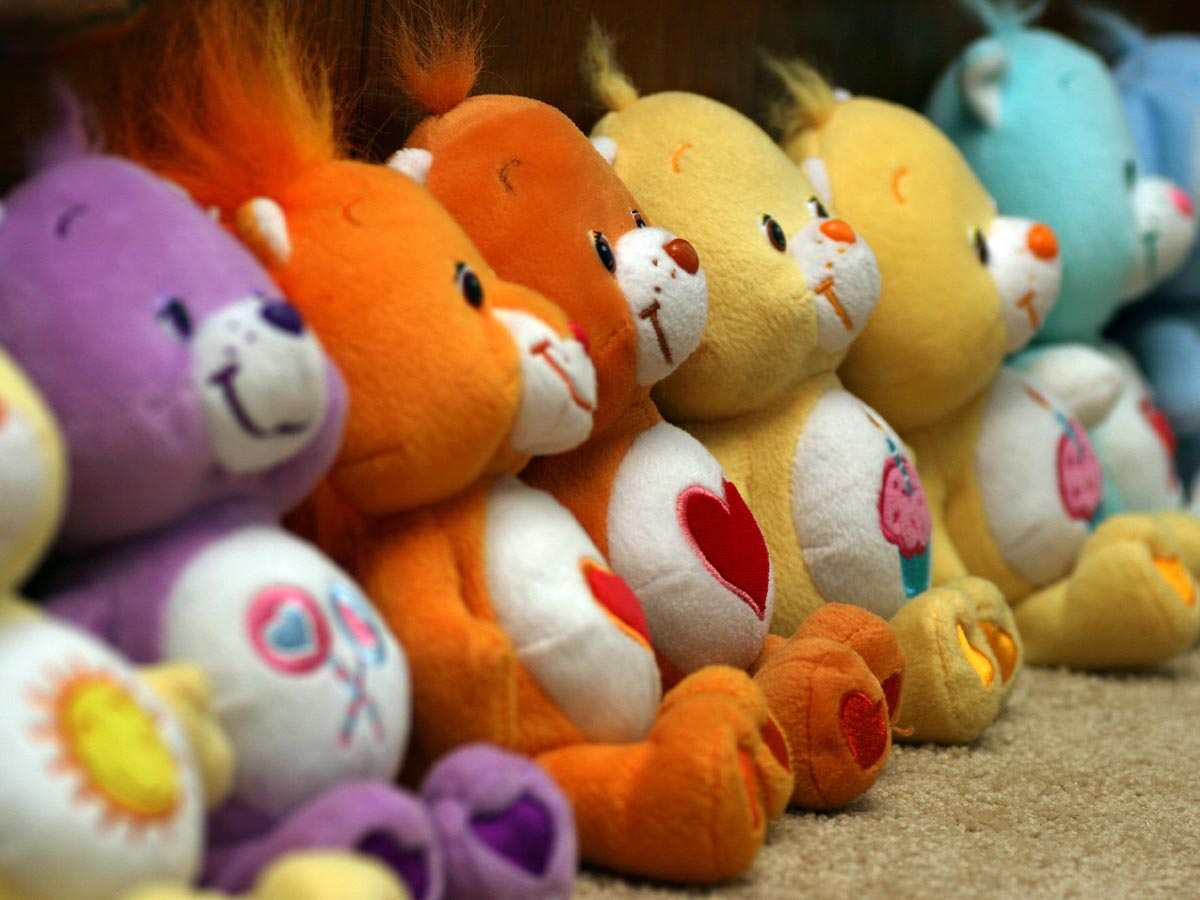
Originally appearing on greeting cards, Care Bears became a worldwide craze in the 80s that hasn’t slow down—spawning dolls, books, albums, video games, film, and tv shows.
Koosh Balls (1988)

This Christmas best-seller had humble beginnings as a way for the inventor to help his children master dexterous skills. It took only two years for them to be available in 14,000 stores and 20 countries.
Game Boy (1991)

Thanks in part to the wildly-popular Tetris, over a million Game Boys were sold during its first Christmas season. Over the course of its run, it became the second-highest selling handheld console.
Power Rangers (1994)

After shortages of toys in 1993, Power Ranger manufacturers shipped 10 times the number of units as the year before. Unfortunately, that still wasn’t enough to meet demand for these action figures.
Pogs (1995)

The game of milk caps has been around for generations, but the branded POG version took the world by storm in the 1990s.
Tickle Me Elmo (1996)

No Christmas craze beats Tickle Me Elmo. Even after a million units had been shipped, demand was still incredibly high around the holidays. The $30 doll quickly began reselling for upwards of $2,000 online.
Tamagotchi (1997)

Memories of the 90s aren’t complete without Tamagotchis. Since they’ve debuted, over 70 million of the hand-held digital pets have been sold. They were played, traded, and even handed out in Happy Meals.
Furby (1998)
Pokemon (1999)
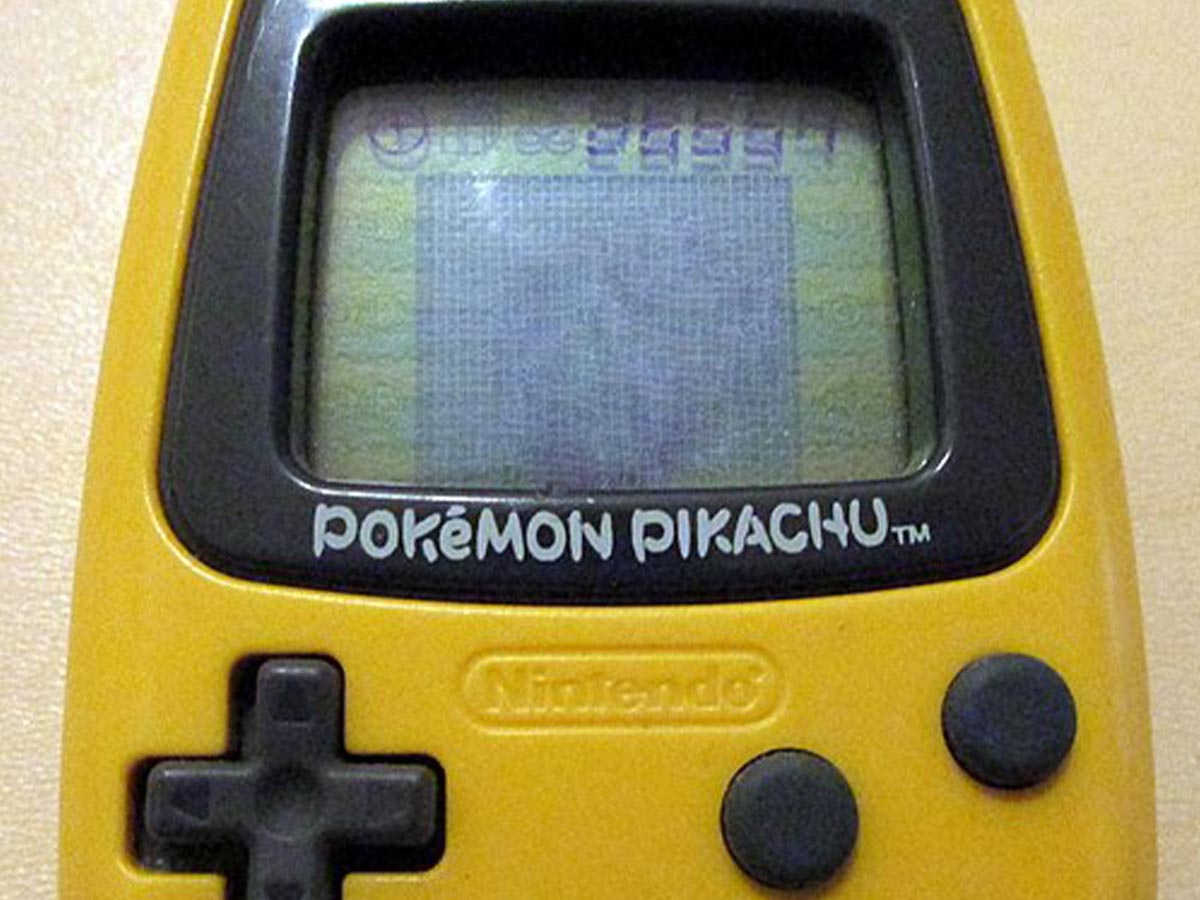
First they took Japan by storm—then they came for America. Coupled with another Christmas best-seller, the Game Boy, Pokemon video games, as well as trading cards and plush toys, were all anyone wanted for the holidays in the late 90s.
Razor Scooter
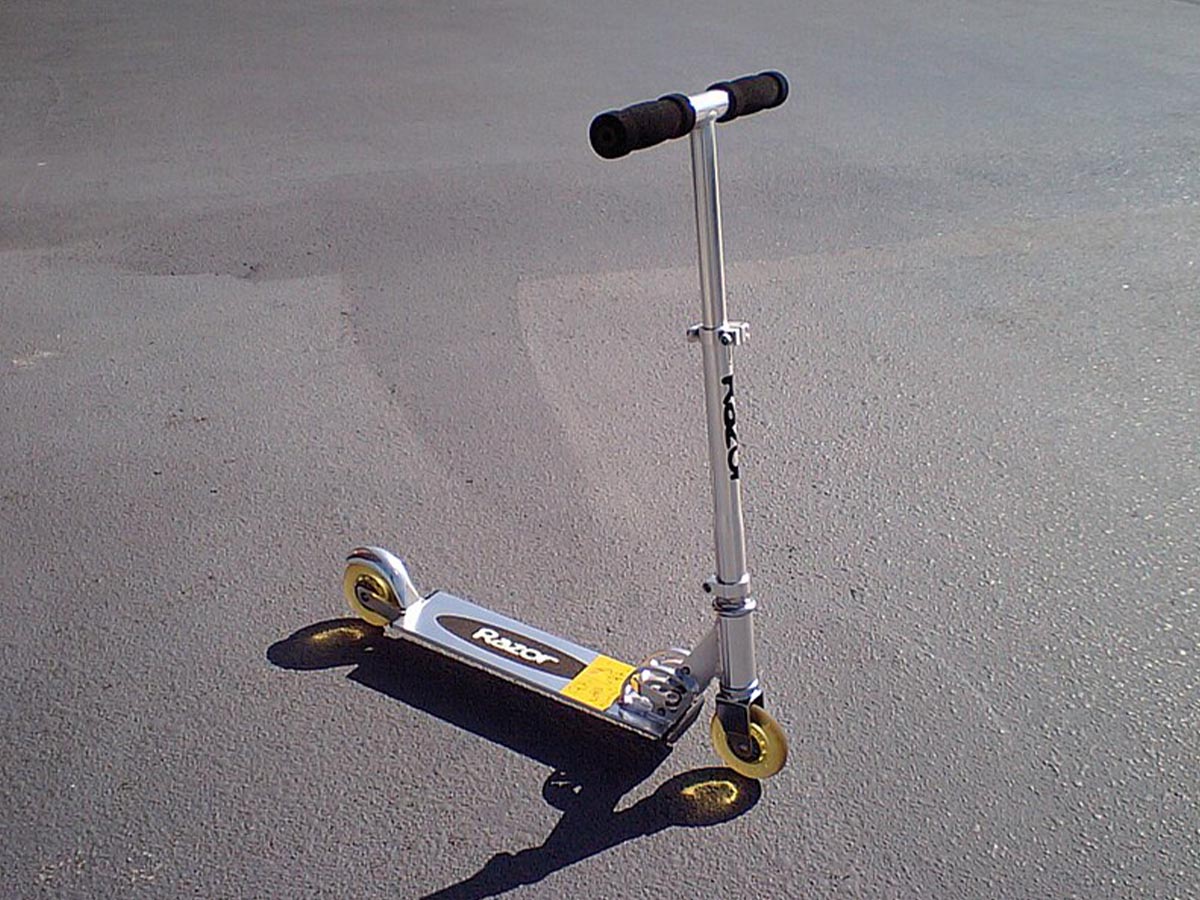
Just six months after they launched, Razor sold over 5 million scooters. Unsurprisingly, youth emergency room visits also picked up.
Bratz Dolls (2002)
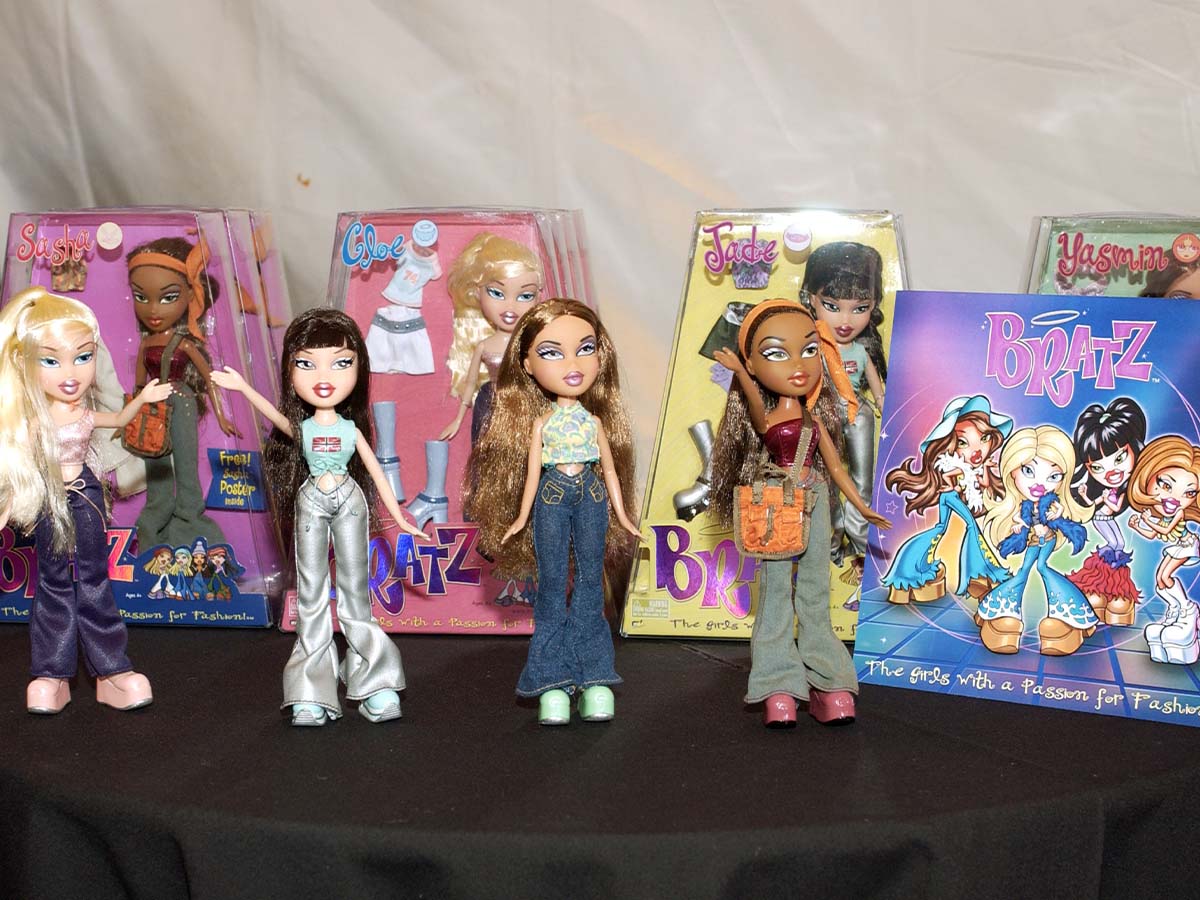
These big-eyed dolls had a tall order to unseat queen Barbie. In their first six months, however, they racked up $20 million in sales. By 1996, Bratz replaced Barbie as the #1 selling doll.
Nintendo DS (2004)
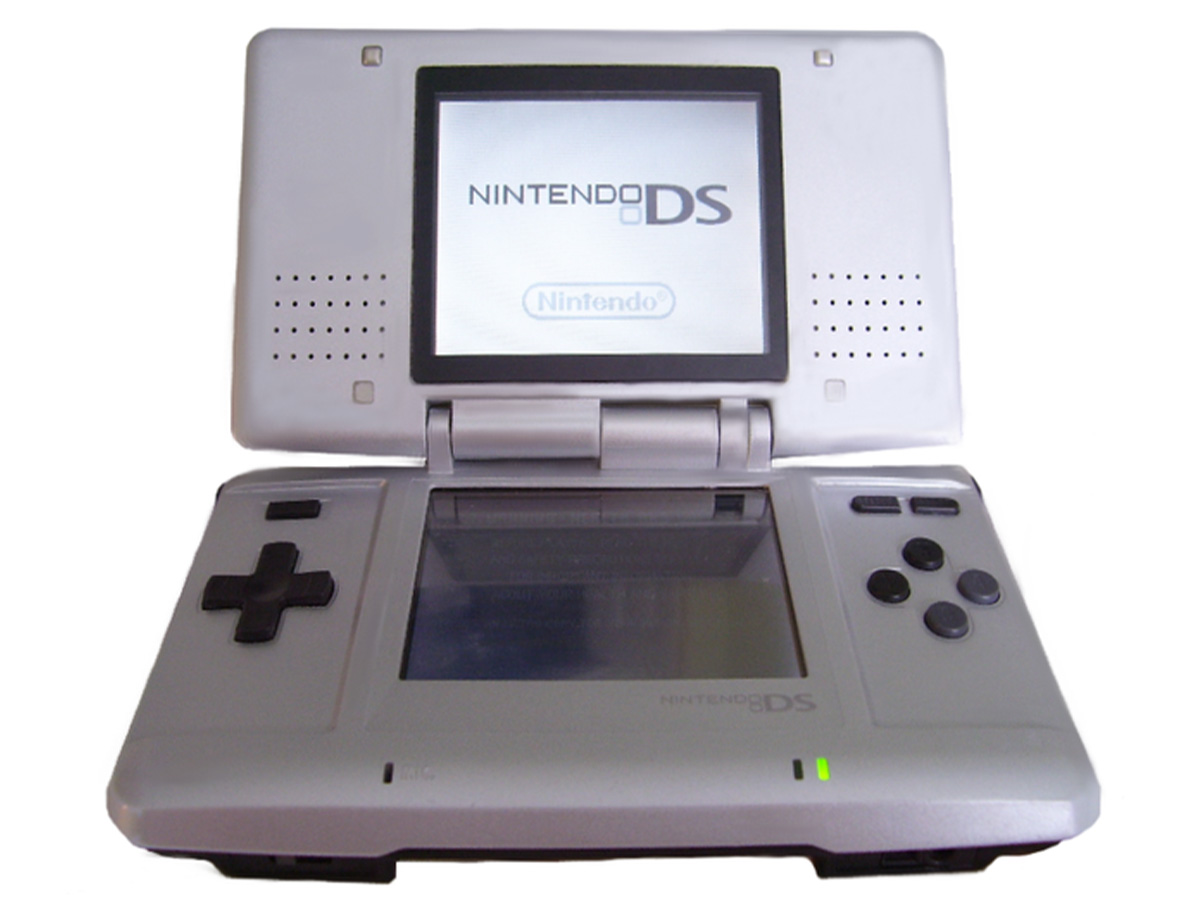
Like the Game Boy line before it, the Nintendo DS was an immediate hit when released just before the holiday sales season. It remains the best-selling handheld console of all time.
Wii (2006)

To say the Wii was a hit would be an understatement. After its release on November 16, it sold over 1.25 million units by the end of the year—better than the Xbox 360 and PlayStation 3 combined.
Elsa Doll (2014)
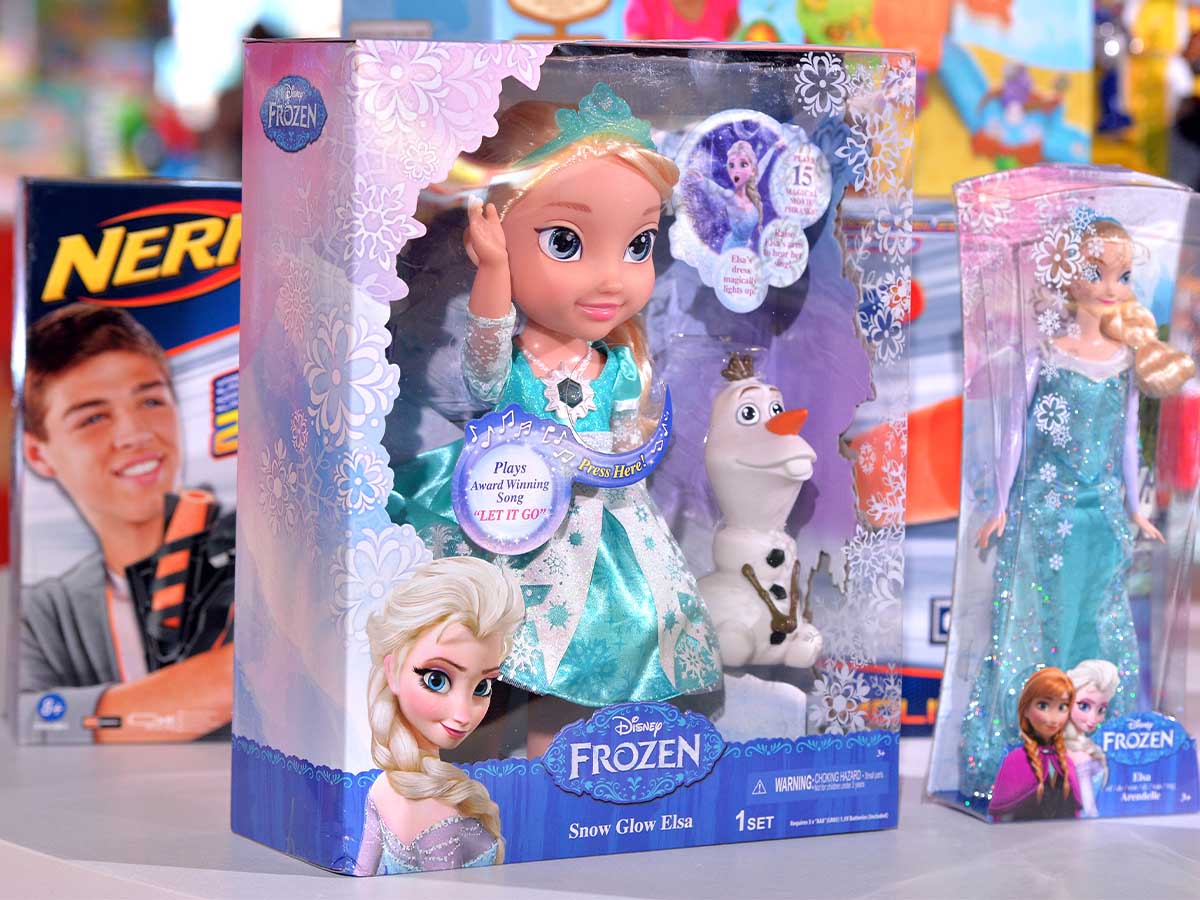
Even though Frozen was released in 2013, parents were still clambering for dolls of Elsa and Anna during Christmas a year later. What else would you expect from the highest grossing animated film of all time?
Hatchimals (2016)

Originally marketed to girls between 6 and 8, the Hatchimals toy maker was caught off guard when they became popular with boys and older kids, causing demand to far outpace supply.
L.O.L. Surprise Doll

From the makers of Bratz, 2017’s Christmas must-have is a self-contained ball containing Lil Surprise Littles. With seven layers to unwrap around the ball, each one contains shoes, clothes, accessories, or stickers for the doll inside.
 Author
Sabrina Runge
Last Updated: August 14, 2025
Author
Sabrina Runge
Last Updated: August 14, 2025
